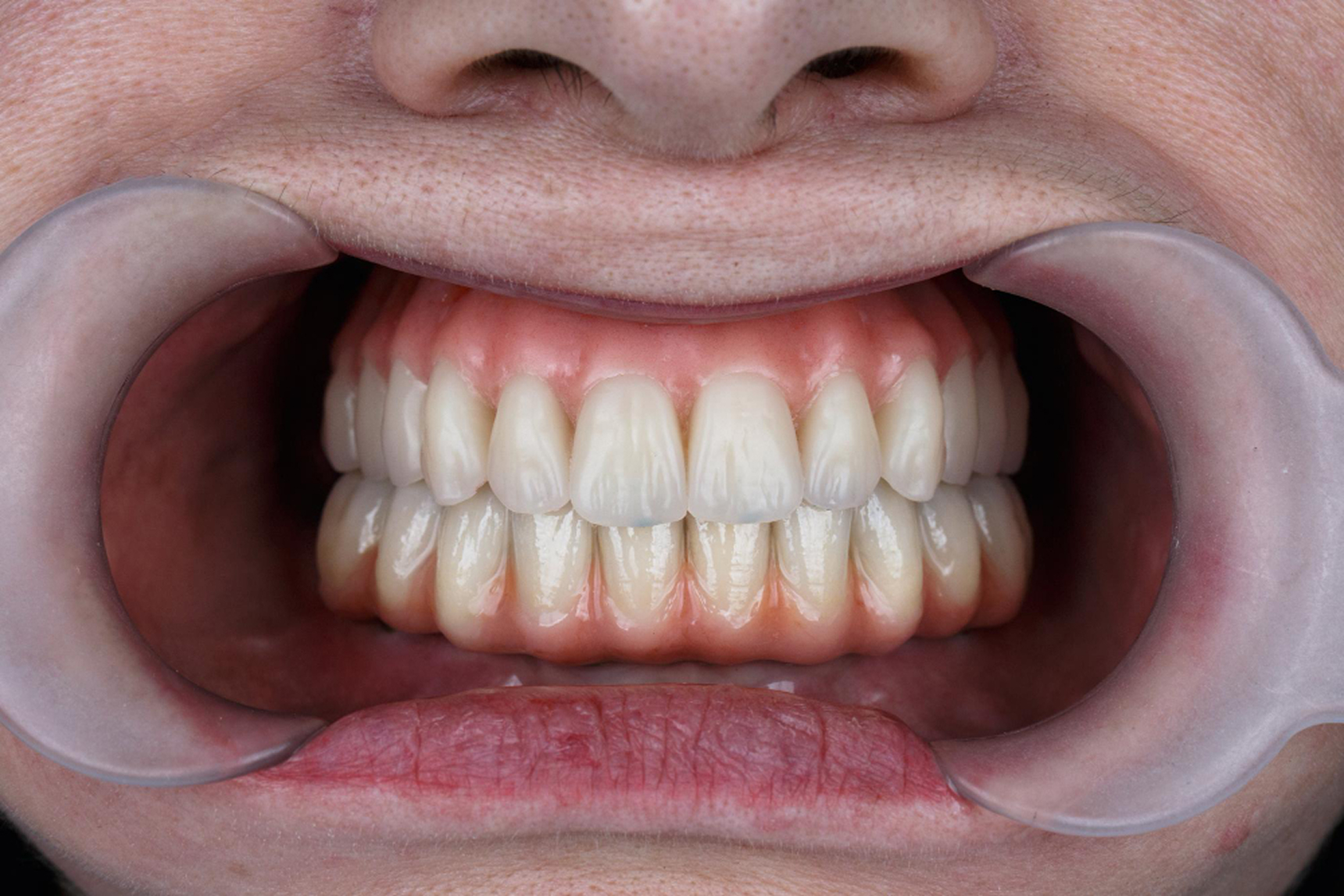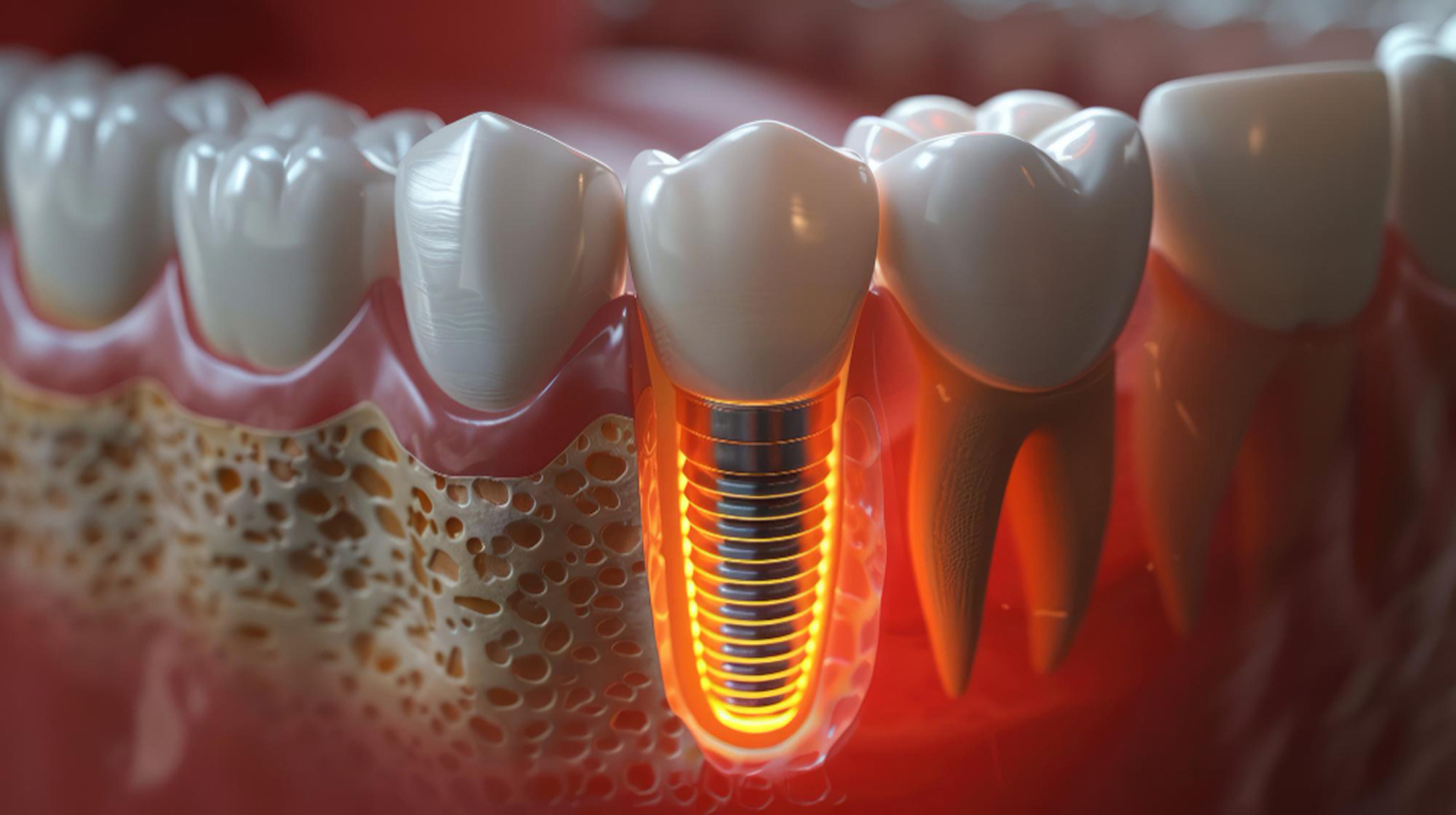

When upper back teeth are missing, the jawbone may resorb (shrink) and the maxillary sinus may expand into the space. This can leave insufficient bone height for implant placement. A sinus lift raises the sinus membrane and places bone graft material into the space, creating a stable foundation for later implant placement.
At City Clinic, we evaluate your sinus anatomy and bone volume using advanced diagnostics, then perform the augmentation with precision. Whether placement of the implant happens at the same time or after healing, the goal is strong bone and long‑term success.

1
2
3
Duration:
Number of Sessions:
Recovery / Downtime:
Pain Level:
Pre-Treatment:
Post-Treatment:
In the short term, you will have increased bone height in the upper jaw and the area becomes suitable for implants. In the long term, the restored bone allows for stable implant placement, improved chewing function and better facial structure support.
• Untreated sinus disease or infection in the maxillary sinus
• Inadequately controlled systemic conditions affecting healing
• Heavy smoking or poor hygiene reducing success rates
• Inadequate bone support such that even grafting is unlikely to succeed
• Size of graft area and amount of bone required
• Whether implant placement is simultaneous
• Use of specialised graft materials and membranes
• Additional treatments such as extractions or sinus membrane repair




